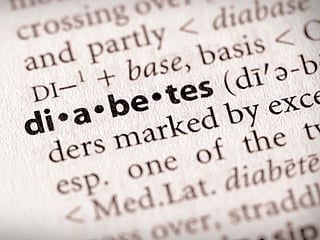More than 11% of the U.S. population has diabetes, according to the American Diabetes Association, but as common as this disease is, many people don't realize that it is also the nation's seventh-leading cause of death. That’s why understanding its symptoms is essential to your health and overall vitality.
“Individuals can have different experiences, but common symptoms include urinating often, feeling thirsty, feeling very hungry even after eating, extreme fatigue, blurry vision, weight loss and slow-healing cuts,” said Patricia Abernathy, a certified diabetes care and education specialist at Saint Anthony Hospital in Chicago.
But symptoms of diabetes can vary based on the type of diabetes you have.


